MUSEUM (Day 8 - part 2)
We made our way upstairs.
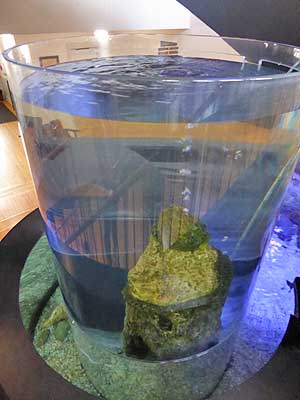
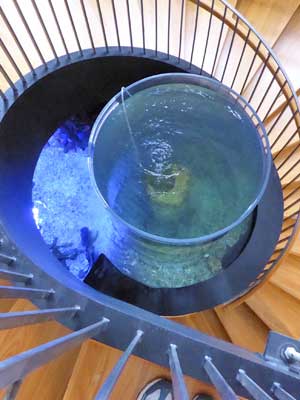
A different view of the tank

This mural was commissioned in 1957 by Florence T. Epps to be displayed in her dining room. The scene depicts her parents coming to Conway on the F. G. Burroughs steamer. Her father, Dr. Charles J. Epps, was the first licensed pharmacist in Horry County.
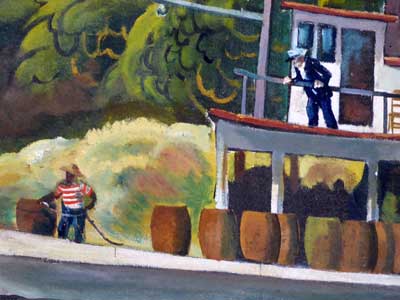
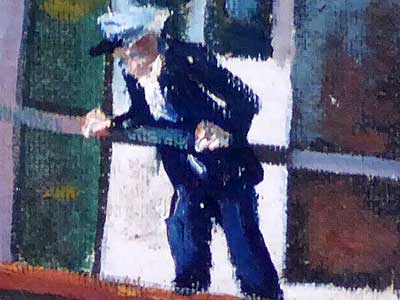
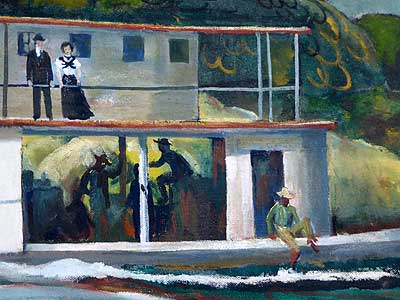
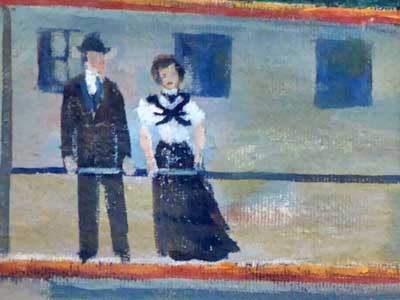
A Waccamaw house...
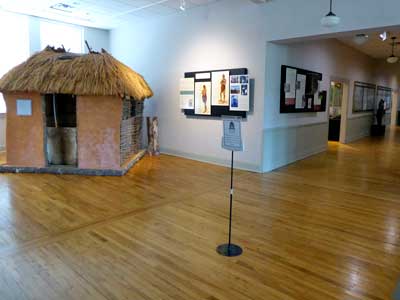
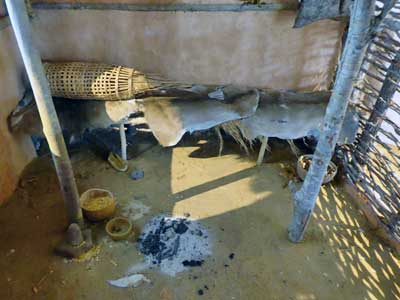
As tribes abandoned their nomadic way of live and began living in permanent villages close to their fields, they learned to build houses such as this. Large poles are woven together with branches and vines. A mixture of mud and fibers was used to plaster the walls, providing insulation in both winter and summer.
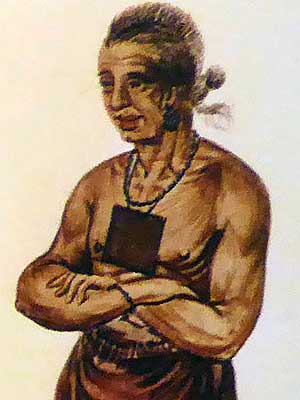
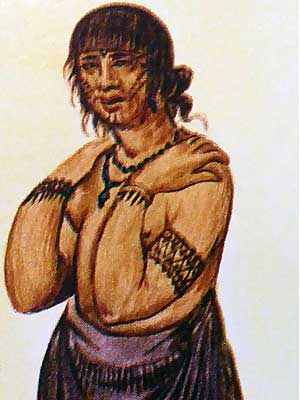
Originally called the Chicora by early explorers, the Waccamaw were probably the outer tribes of a once-powerful kingdom. It is suspected that traders coming up from Spanish Florida carried European diseases with them, nearly wiping them all out. Many Native Americans were forced into slavery due to the growing demand for labor in the new colonies, however in 1752, the King of England ordered them all to be freed. Unfortunately many of the freedoms given to whites and blacks were not extended to Native Americans. They were not granted citizenship until 1924.
The natural history room...
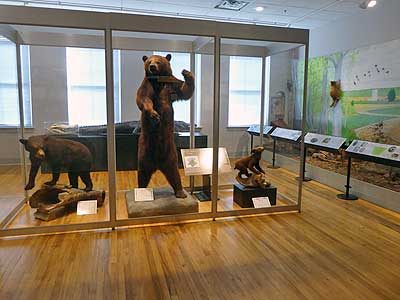
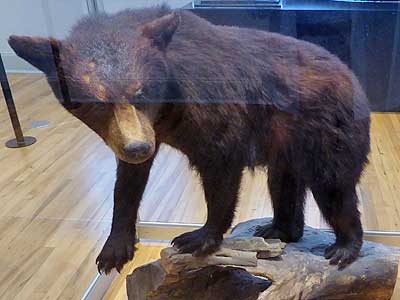
An exhibit of black bears. ... This 165-pound, 14-year-old adult female was hit by a car on Highway 17 in 1985.
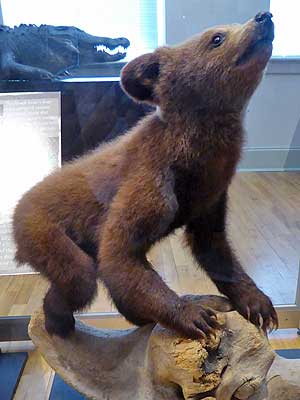
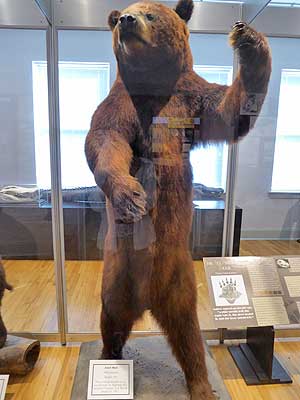
This 11-pound, 5-month-old male cub was hit by a car on Highway 90. ... This 490-pound adult male was hit by a car on Highway 501 in 1981.

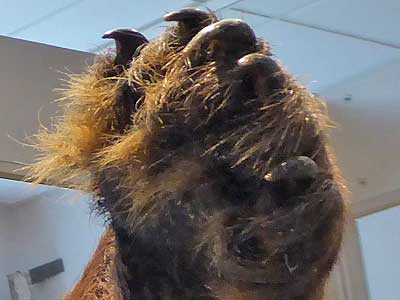
Black bears can range in color from blond and cinnamon to reddish brown and black.
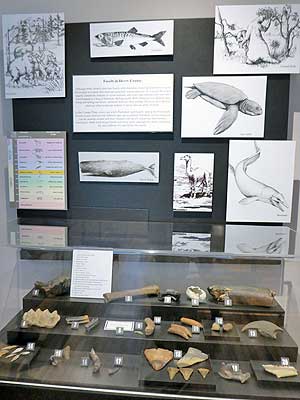
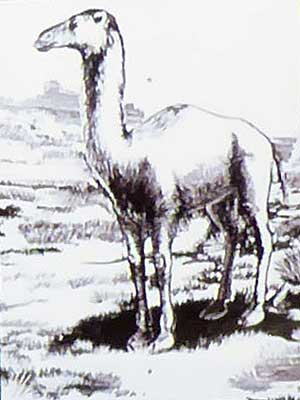
The fossils found in Horry Country are mostly of ocean animals and of some land animals who may have gotten trapped. In the coastal plain, where sea levels once fluctuated significantly, fossils from different ages are combined... allowing for shark teeth to get mixed with horse teeth, even though the sharks were there millions of years earlier. Past residents include sea turtles, mastadon, deer, whales, ground sloths, mosasaurs, beaver and even camels.
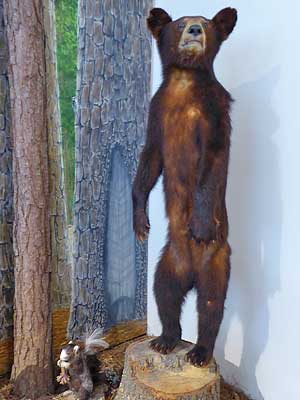
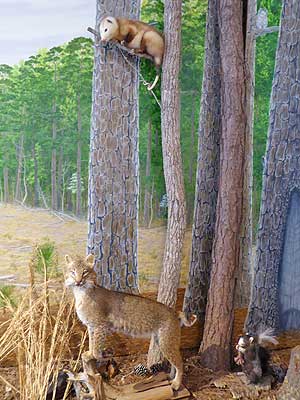
Displays of the local fauna
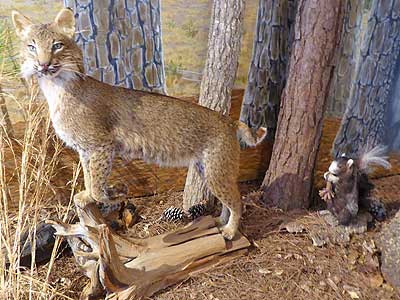
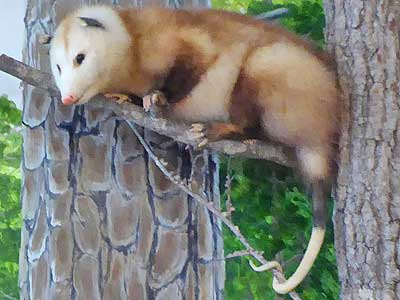
Bobcat and squirrel ... Virginia Opossum
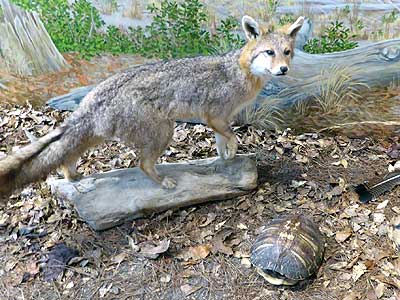
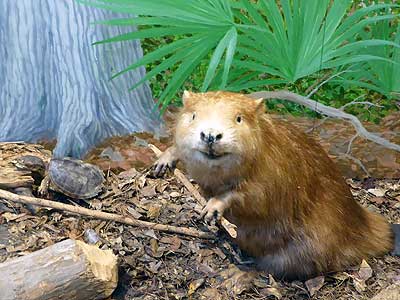
Gray fox ... beaver
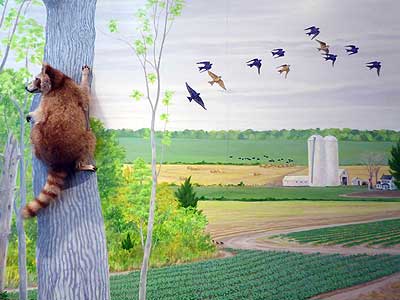
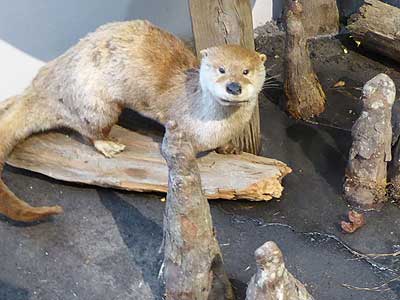
Raccoon ... otter
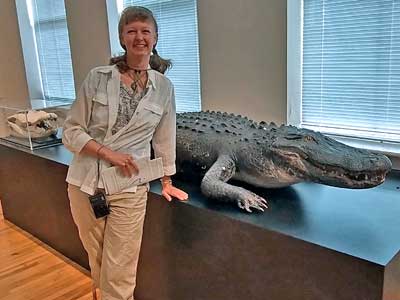
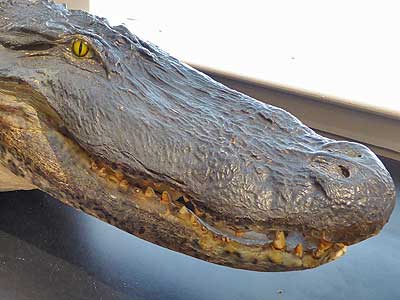
And of course the infamous American alligator!
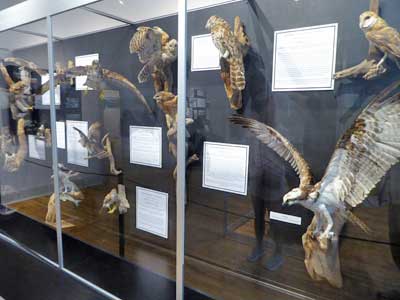
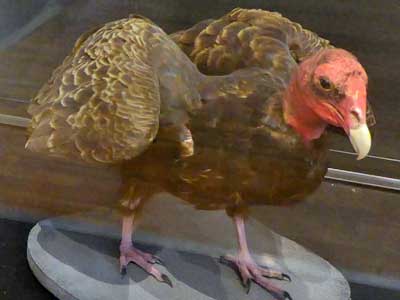
A display of birds ... A turkey vulture, like we saw at Murrells Inlet
Horry County Beaches...
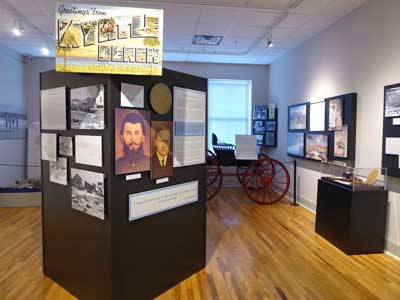
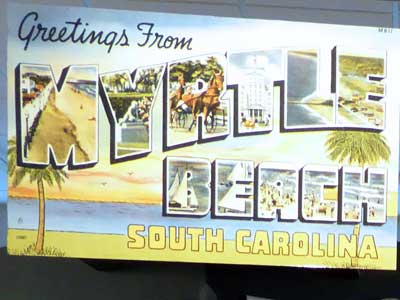
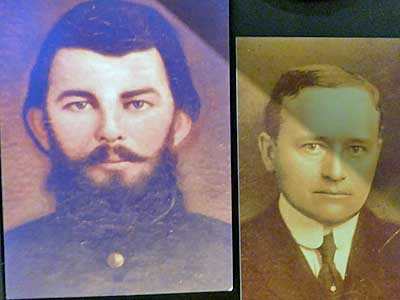
F. G. Burroughs and Simeon B. Chapin went into business together in 1912 to help created roads and businesses along the Grand Strand.
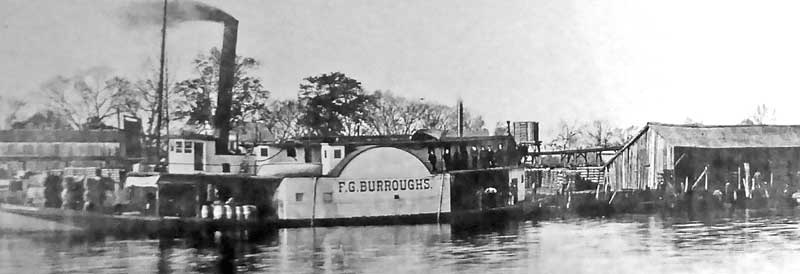
Steamers were used from 1882 until 1919, when railroads and improved roads made travel and shipping easier and cheaper.
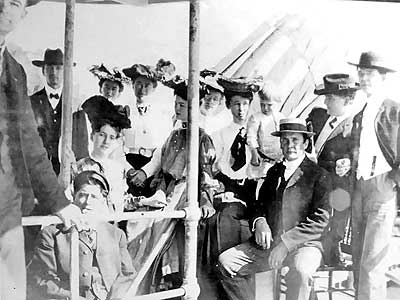
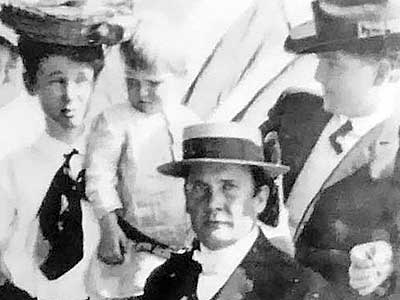
The elusiveness of time ...people who are now long gone were once so alive with thoughts, hopes and dreams
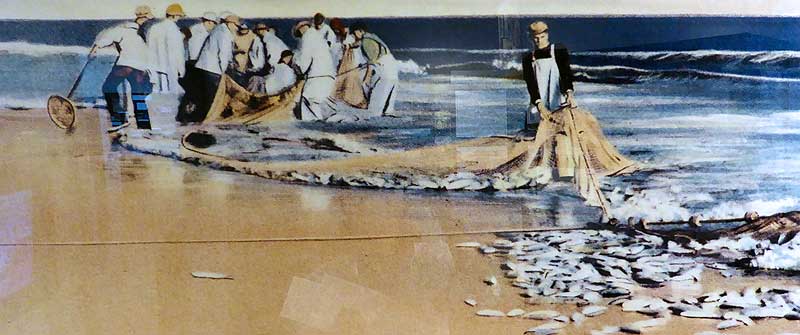
"Seining for mullet and spot". A seine is a large net that hangs vertically in the water, with floats at the top and weights at the bottom. It is used to catch fish by surrounding them. In South Carolina, spot fish can refer to several different species, all of which are all popular catches in the area's coastal waters and estuaries.
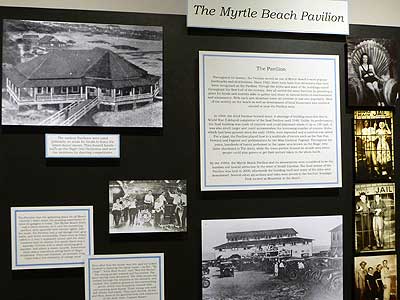
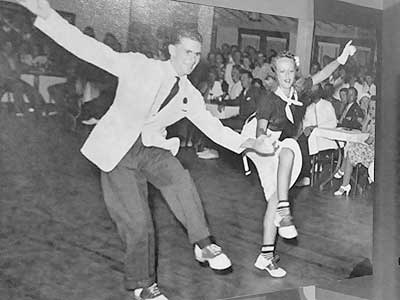
Pavilions ... and the Carolina Shag
Pavilions served as gathering places for locals and tourists. The first pavilion was built in 1902 and was gradually replaced with larger ones. When the third pavilion burned down in 1944, the war delayed the completion of the final one. Unlike its predecessors, this one was even larger and made of concrete. It was the location of many rides. bands and events, including beauty pageants. In 2006, however, the building and many of the attractions were demolished. The rest were moved to Broadway at the Beach.
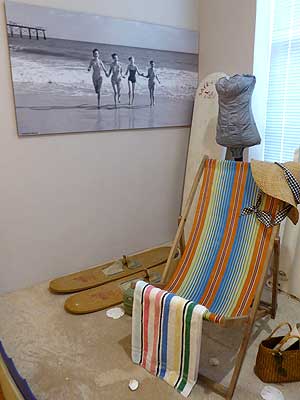
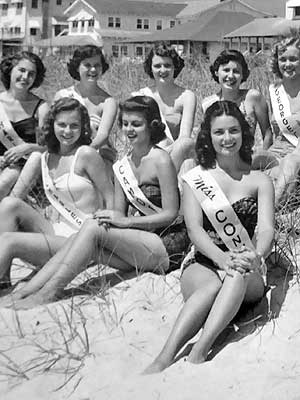
Back in another hallway...
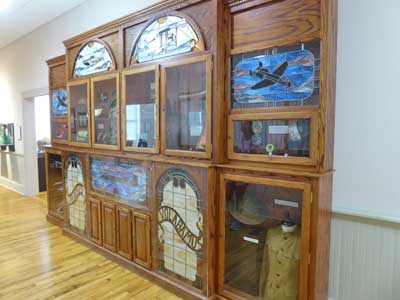
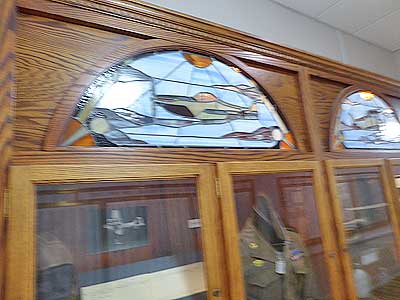
This display case was constructed in 2002 and honors WWI aviators.
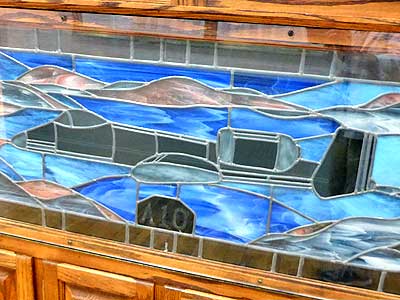
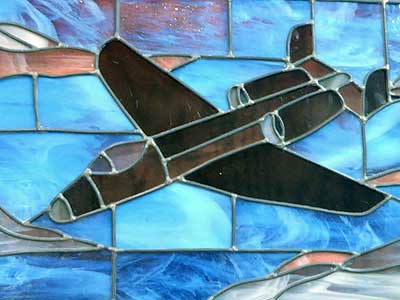

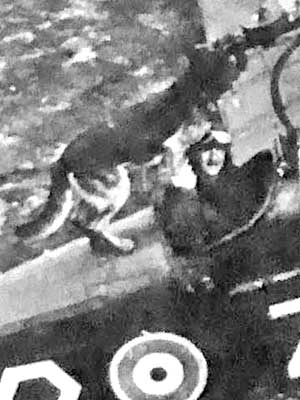
An airfield in France during WWI ... Wait, did this guy bring his dog to work?
return • continue

